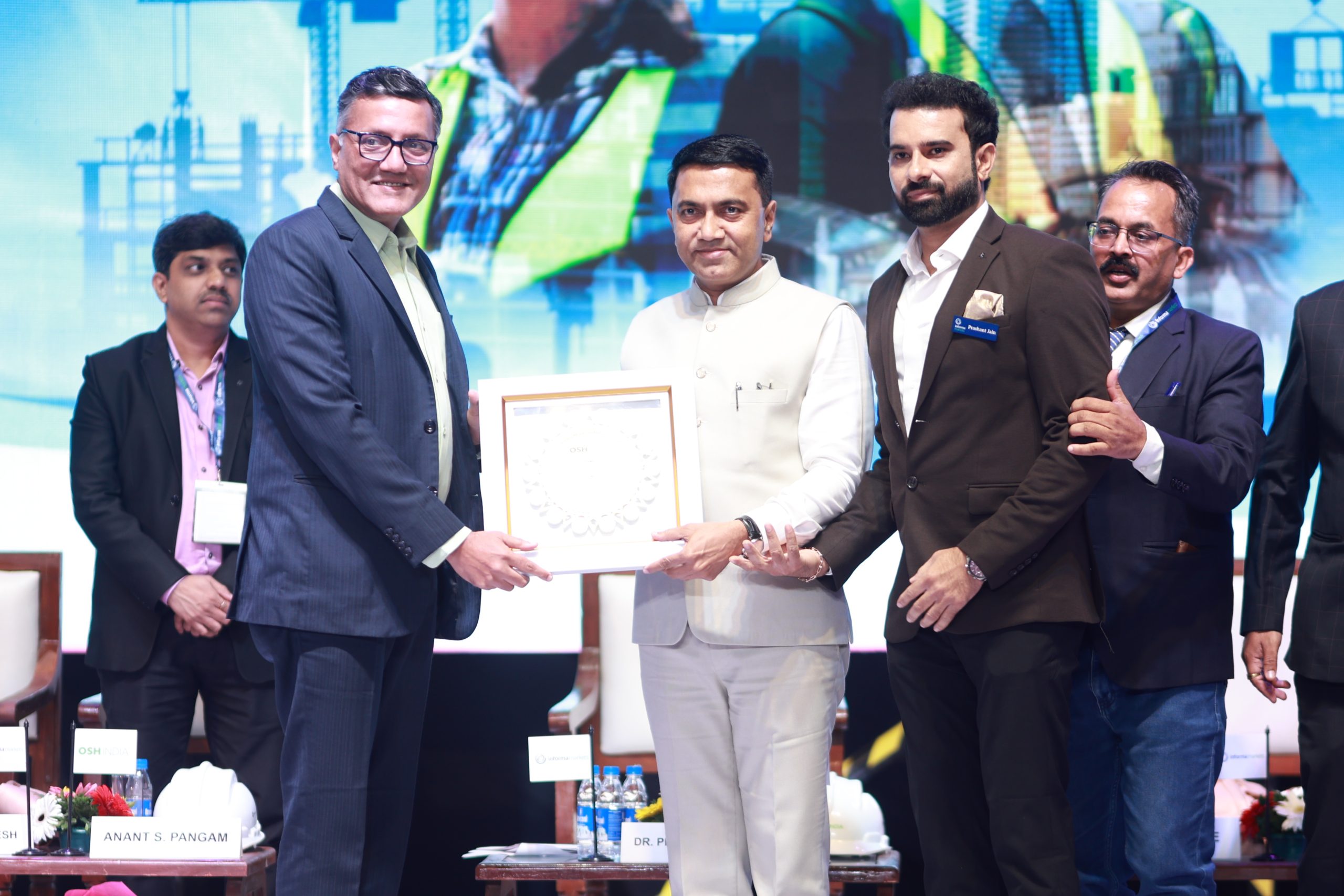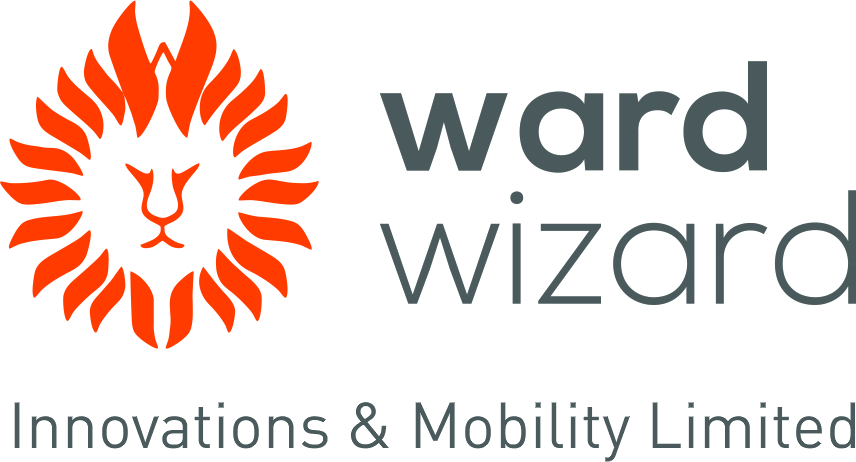Ratan Tata receives GIL award for Visionary Innovation
The sixth edition of GIL 2014: India concluded successfully at the Taj Lands End Hotel in Mumbai. Chairman Emeritus, Tata Sons, Ratan Tata received the Frost & Sullivan Growth, Innovation and Leadership (GIL) Award for Visionary Innovation from Aroop Zutshi, Global President & Managing Partner and Mr. Rajiv Kumar, Senior Partner & Global Vice President.
Speaking on the occasion and responding to a question about the alignment of his leadership team with his vision, Tata credited the Tata Sons’ success to the spirit of the people who work there. He added that whenever they set a new goal or acquired a new business, the company had to deal with different cultures but the organisation as a whole was able to rise to the challenges rather than resist it. Tata emphasised that they have been able to retain the culture of the company as well as the business philosophy.
When asked about the future prospects of the Indian auto industry, Tata, said “We have to ask ourselves have we made cars in India too expensive for the consumer, have we perhaps looked at low-scale and high margins as being the way to go, but if we really look at expanding the market I believe that India deserves to have a much larger car market than it does today. What it does not have is the power of brands from Indian companies. I believe there’s a great future for the car industry, great multiplier effect for the component industry to serve this, not only to serve this domestically but internationally.”
GIL 2014: India brought together a global network of today’s visionaries and thought leaders showcasing how to leverage innovation and convergence to address global challenges. The journey to visionary innovation, ‘Disrupt, Collapse and Transform’, inspired the executive attendees about the unlimited potential that exists in every industry.
Delivering his key note address Zutshi, said “To succeed in today’s highly networked and dynamic business environment, both as an individual and as a company, innovation is an essential ingredient. Tremendous opportunities exist in the areas of new business models and technology convergence. Business and industry disruption, collapse, and transformation is inevitable. You need to decide whether you will be a driver or a victim of these market forces. Visionary innovation is about knowing and co-creating products and solutions that your customers will want in the future.”
Talking on disruptive technologies, global innovations, and technology convergence, Rajiv Kumar, Senior Partner & Global Vice President, said, “Technology driven disruption is a constant and instant phenomenon. Our focused work on the top 50 technologies and convergence scenarios represents a unique collection of the most exciting developments that are actively reshaping our world. These game-changing technologies are attracting huge investments, fueling cutting-edge developments, and driving creation of innovative products, services, solutions, and business models through convergence. Disruptive technologies are pervasive, inescapable, and creating multi-billion dollar opportunities globally. The need is to ensure that collaborative technology development facilitates social, economic, and environmental balance and sustainability.”
Kumar further explained through a series of slides leading to the idea of driverless cars pertaining to future mobility, bricks to clicks through evolving e-retails and infinite developments in IT, healthcare and wellness, micro-electronics, sensors and controls, industrial automation and process control and others. Certainly the game-changing technologies in these sectors are attracting huge investments, fueling cutting-edge development, and driving creation of innovative products, services, solutions, and business models through convergence.
The session was followed by an Interactive Think Tank round, involving the attendees. Each table had at least 3 team members who were given chart papers and markers to jot down ideas that they think could shape the future through disruption, convergence and technology. The ideas suggested were not only unique but scalable, certainly in the next decade. A group came up with the idea of the ‘Unbreakable Glass’. They went on to explain the scope and scale of such glass in terms of building houses. A house that you can throw stones at without fear of it being broken added a member in light humor, referring to a popular Hindi movie dialogue. Further, features like change in hue and colour to suit a person’s mood or environment can be explored in a glass, added another team member. Certainly, the application of such ‘glassy’ technology can find space in cars, medical, retail and among many other sectors. Another group presented its version of ‘Doctorless Treatment’ where a chip can be inserted in the human body that will route the appropriate medication when the body is ill, scanning through medicines.
Archana Amarnath, Director, Visionary Innovation Research Group, Frost & Sullivan presented ‘New Mega Trends on Connectivity and Convergence across industries.’ She explained the changing scope and nature of industries, products and technologies in creating new products and services. The merger of space industry with solar power can create space-based solar power; the use of unmanned technology along with existing car technology can create an autonomous vehicle. “Building technology and merging it with smart automation will create smart homes and affect millions,” stated Amarnath. Micro finance, group buying and low cost products are the trends to look out for along with changing technology. “Value for many will replace value for money,” concluded Amarnath.
V G Ramakrisnan, Managing Director, Frost & Sullivan, South Asia, presented the ‘Blue Sky Innovation’ and how it complements traditional innovation to drive business performance. Traditional innovation is market driven where ideas are selected on quantifiable market demands and it requires commercial and technical feasibility. “Blues Sky Innovation is the process of generating radical ideas, and is driven by interest and curiosity. It is to develop imaginative concepts without being constrained to practical boundaries,” said Ramakrishnan. To effectively manage innovation the approach of blue sky innovation should be merged with traditional innovation. “Breakthrough ideas will then become a part of
day-to-day activity of a company’s vision and a strategy to guide innovation, steering both short and long term efforts,” he said.
Kishore Jayaraman, President, India and South Asia, Rolls Royce, sharing his insights, emphasised on innovation that his company believes in. “Our ability to innovate can only come, when right from school our children are nurtured with creative skills.” There is also a need to promote institutions of innovations through a public private partnership (PPP) mode. “India needs to graduate from a service provider to an innovator. Need for technological and social innovations that can show the way to a new developmental model is the demand of the time,” concluded Jayaraman.
The evening concluded with the presentation of Frost & Sullivan’s Best Practices Awards to a range of regional and global market players for their leadership, technological innovation, customer service, and strategic product development achievements. Frost & Sullivan’s intent is to help drive innovation, excellence, and a positive change in the global economy by recognising best-in-class products and companies. ACI












Leave a Reply